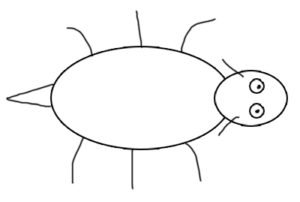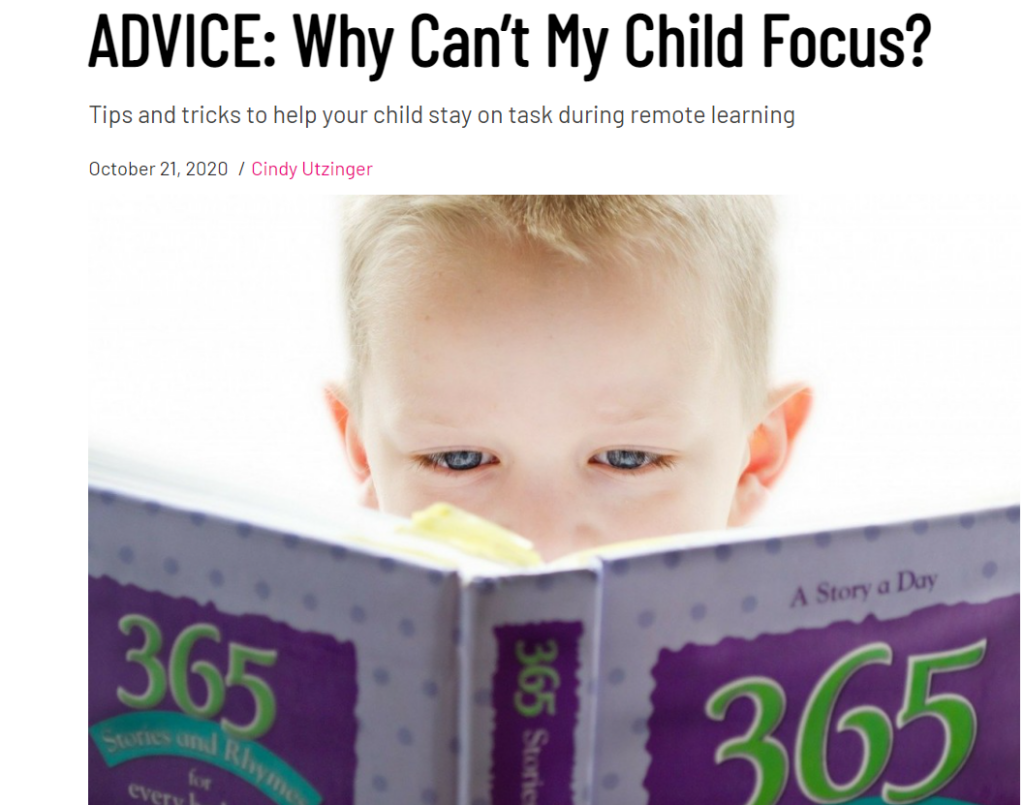Have you exhausted everything there is to do with your children to keep them busy and stimulated at home? I wanted to offer you 10 dice and card games your whole family will love.
Extra bang for your buck…not only are the dice and card games fun, but each one serves an educational and developmental purpose (SHHHH!! Don’t tell your kids!)
We all know that playing games with our kids is great for numerous reasons
Playing games with our kids has so many great benefits such as allowing us to have quality time with them, giving them the opportunity to practice turn taking, enhancing communication, keeping them engaged socially and off of screens, and best of all, it’s cheap entertainment.
There are also documented health benefits from playing games such as lower blood pressure, reducing stress, and building our immune system
Games can also have great developmental value
Many of the board and card games we play with our kids can play an important role in brain development. Games help children develop logic and reasoning skills, improve critical thinking and boost spatial reasoning. Games also afford them the opportunity to develop attention skills and the ability to focus and attend for longer periods of time.
As a pediatric Occupational Therapist, I love to use games to increase fine motor skills, coordination, visual motor skills, processing skills and processing speed, ocular motor skills, visual processing, visual memory, and so much more.
In a nutshell, game time with our kids is priceless. Don’t tell my kids, but I often find I do not have the quantity of time I would like with them but when I take 5-10 minutes to play a game with them, I get quality time with them that fills both their bucket and mine.
10 dice and card games your whole family will love
I wanted to give you some dice and card games because most people have those items on hand, they don’t take much time, have great developmental value, and they are cheap and easy to take on the go when waiting may be involved.
The games I am going to share are kid tested and (Occupational Therapist) mother approved. A majority of the games came to me out of desperation. I don’t own all of the actual games but wanted to play them with my kids so figured out how to modify them using what I DO have. I will list the inspiration game in case you want to place an Amazon order.
1. Sixzi (requires dice)
-
- The name of the store-bought version is Tenzi which uses 10 dice each but we modified using 6 dice each
- Each player rolls their 6 dice at the same time
- Quickly scan your dice to see which number you think you have the most of and that now becomes your target number
- Leave the dice that have that number face up on the table and collect the rest of the dice in your hand
- Roll the dice in your hand again and whichever dice you roll that have your target number on them, leave on the table
- Repeat until all of your dice have your target number face up on the table
- This is a game of speed and first player with all their dice showing their target number is the winner and yells “Sixzi” (because we used 6 dice)
- You can modify using more or fewer dice
- This game works on visual motor, visual memory, visual processing, ocular motor skills, processing speed, and fine motor skills
2. Speed Dice (requires dice and cards)
-
-
- The store-bought version is called Ligretto Dice or Rocking Dice
- Each player needs to find an ace, 2,3,4,5, and 6 of a particular suit and lay them in numerical order on the table in front of them (In this game an ace counts as the number 1.) Each player also needs 6 dice
- Each player simultaneously rolls all of their dice and looks for a 1
- If you rolled a 1, place it on the ace and look to see if you rolled a 2
- If you didn’t roll a 1, pick all of your dice up again and roll until you get a 1
- If you have rolled a 1, you can now start looking for a 2, you can put the 2 on the 2 card as soon as you roll one
- Continue, rolling all the dice in your hand each time until you have rolled a 1-6
- The challenge is, you cannot put a dice on its corresponding card, if you have not yet rolled the preceding number. For example, if you roll a 3 but have not rolled a 1 and 2 yet, you can not use your 3 and that dice goes back into your hand
- This game works on visual motor, visual memory, visual processing, ocular motor skills, processing speed, and fine motor skills
-
3. Flip ’em all (requires 2 dice and cards)
-
- This is a modified version of the store-bought game Shut the Box
- Lay an ace (ace counts as 1) and a card with numbers 2-9 on them on the table in front of you
- The first player rolls two dice and adds up the total
- The player then flips over any combination of cards that equals that same total (example, if your two dice equal 12, you can flip over 7 and 5, 8 and 4, or 9 and 3). Once a card has been flipped over, it is no longer in play.
- That same player then rolls again continuing to flip over cards to equal the sum of the two dice until they can no longer flip cards over (Example, I only have a 2, 3 and 6 still face up and I roll a 7. I cannot do anything with that because I cannot make 7 out of those three numbers.)
- When you no longer have cards to flip over to equal the sum of the two dice, your turn is over.
- Add the total of the cards you still have face up and that is your score
- The next player takes their turn and the winner is the person with the lowest score
- In the real game, once you get all the numbers flipped over, you get to shut the box (hence the name). Shutting the box or getting to zero, is the goal.
- This game works on fine motor, visual processing and math facts with simple addition
4. Don’t blink (requires a deck of cards)
-
- This is a modified version of the store-bought game Blink
- Shuffle, set three cards aside, and deal out the rest of the cards face down with each player having an equal number of cards
- The three cards you set aside go side by side in the middle
- When you are ready to start the game, flip those 3 cards over and each player can flip four of the cards in their hand over, as well
- With speed, you want to match your cards on to one of the 3 cards in the middle
- You can match based on same suit or same number
- For example, if the three cards in the middle were a 3 of diamonds, king of spades, and ace of hearts, I could place a 3 or a diamond on the 3 of diamonds. I could place a king or a spade on the king of spades, and an ace or a heart on the ace of hearts.
- Continue to replenish your 4 cards that you have flipped up in front of you as you move them to one of the piles in the middle
- First one to run out of cards is the winner
- To make it more difficult or for more players, use an extra deck of cards
- This game works on fine motor skills, visual processing, visual motor, ocular motor skills, and processing speed
5. Beetle (requires one dice, paper, pencils)
-
- This is a modified version of the store-bought Cootie game and is inspired by Dice Game Depot
- The first players rolls a dice and draws the cootie body part that corresponds to the number rolled
- 1-Body 2-Head 3-A leg 4-An eye 5- An antenna 6- The tail
- The body and head have to be drawn first so each player needs to have rolled a 1 and 2 prior to moving on
- If a player rolls a number of a body part they have already drawn or has not rolled a 1 or 2, their turn ends
- Once a player has rolled and drawn the correct body part, it is the next player’s turn
- The first person to get their cootie drawn, wins the game
- This game works on visual motor, fine motor, pre-writing skills, visual processing, and processing skills

This is what a finished beetle will look like
6. Memory (requires a deck of cards)
-
- This is a modified version of the store-bought memory games
- Use as many or as few cards as you would like just make sure you have two of the same number (Example, 2 aces, 2-2’s, 2-3’s, 2-4’s, etc.)
- Mix the cards up and lay each card face down in equal rows and columns
- Each player gets a turn to flip any 2 cards over
- If they are a match, the player gets to keep the 2 cards and go again
- If they are not a match, the player must flip the 2 cards back over, keeping them in their original spot and the next player takes their turn
- The winner is the person who has collected the most matches at the end of the game
- This game works on visual memory, ocular motor skills, visual processing, and fine motor skills
7. Card bingo (requires two decks of cards)
-
- This is a modified version of traditional Bingo
- Each player makes 5 rows and 5 columns of cards from the same deck
- One person calls out a number and suit from the other deck
- When a card is called that matches one of your cards, flip your card over, leaving it where it is
- The winner will be the first one to have a row of 5 cards horizontally, vertically, or diagonally flipped over
- This activity works on visual processing, auditory processing, and fine motor skills
8. Speed sorting (requires a deck of cards)
-
- Shuffle a deck of cards and lay out a diamond, a heart, a spade, and a club facing up
- As fast as you can, sort the cards by suit by laying any diamonds on the diamond you already have facing up, spades on the spade, etc.
- I like the time the kids and they enjoy seeing themselves improve their time as they practice
- This activity works on visual processing, visual motor, processing speed, and fine motor skills
9. Dice designs (requires 6 or more dice)
-
- Make a design with your dice then have your child replicate your design
- To make it easier, use less dice or use more dice to make it harder
- To make it more challenging, make your design, knock it over, then have your child replicate it without having your model to look at
- This activity works on visual motor, visual memory, visual processing, and fine motor skills
10. Deck of cards workout (requires a deck of cards, paper and pencil)
-
- Write out different exercise appropriate to your child’s age on separate small pieces of paper
- Example of exercises: push-ups, frog jumps, jumping jacks, burpees, sit-ups, speed skaters, windmills, touch toes then jump to touch ceiling, marches, lunges, etc.
- Pull an exercise out of a bowl and then draw a card to tell you how many reps of that exercise to do
- This activity gives kids great sensory input that helps to get their minds organized and adding the deck of cards makes it a little more fun
- You can plan out the whole workout a head of time or complete one exercise then go back to the bowl and the deck of the cards during your rest break to pick the next exercise and the rep count
Please note that you can modify any of these games based on the number of dice that you have. You can also increase or decrease the challenge based on your children and their level. Games should be fun, so if they are too challenging then simplify them.
As I mentioned earlier, these 10 dice and card games are all games we love to play in our house and the great thing is, it doesn’t matter how old your kids are. Kids of any age love when we spend the time to engage with them in a game (it often doesn’t even matter what the game is).



